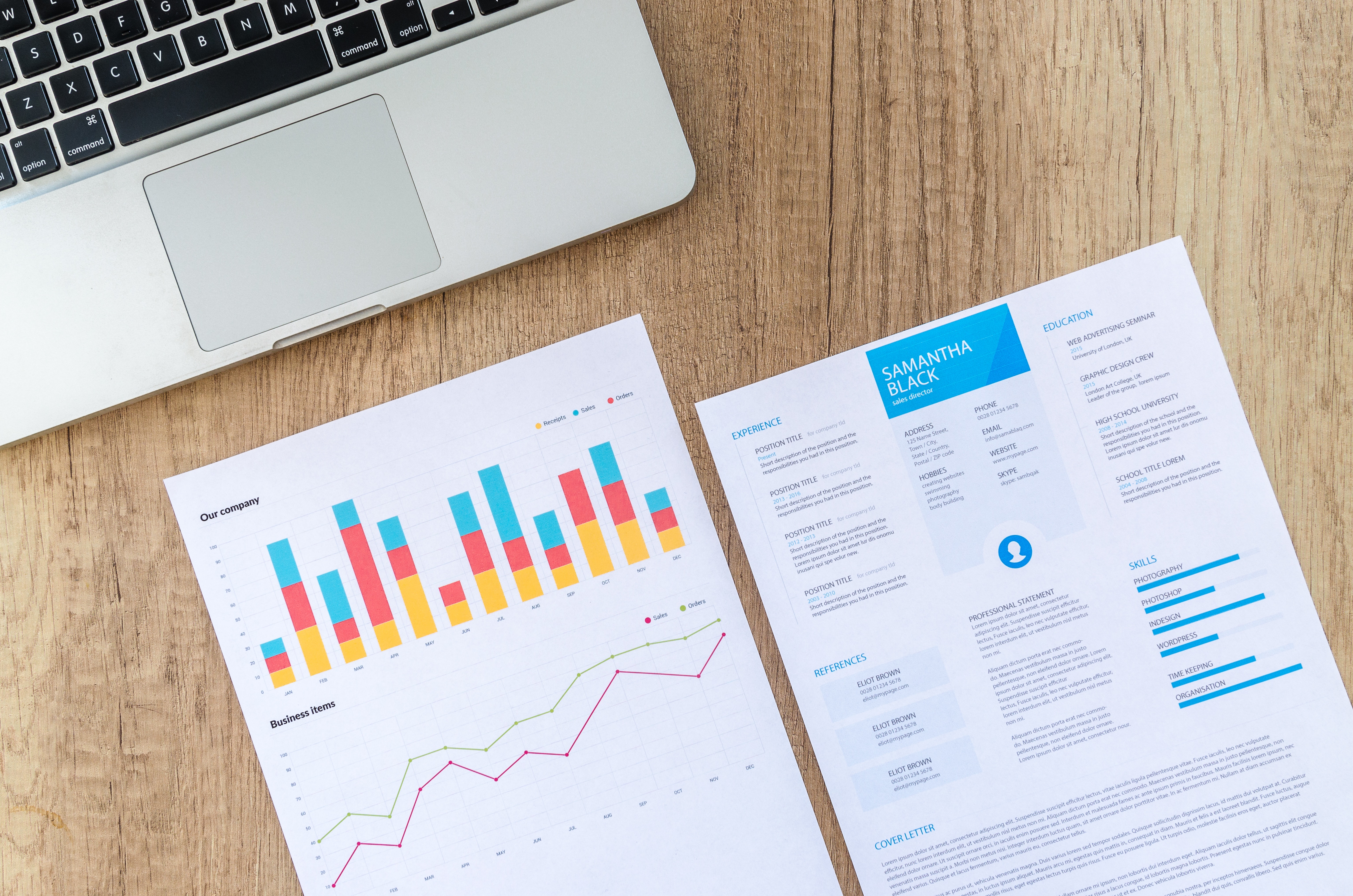Originally published in American City Business Journals
By Mark Abell
Most experts wrote off September’s awful jobs report — when the U.S. economy took a hit in the wake of Hurricanes Irma and Harvey — as a short-lived blip to be followed by a bounce in October’s numbers. While Friday’s report showed a gain of 261,000 jobs for the more-recent period, it shouldn’t overshadow the fact that the September numbers could spell trouble for small business lending and, possibly, the broader U.S. economy.
Friday’s report signaled that the economy was absorbing returning workers affected by the storms. The U.S. Federal Reserve has insisted that the storms would not impact medium-term growth prospects for the U.S. economy, but the reality is that small businesses may still suffer in the short- to medium-term.
The basic problem for small businesses is one of rising costs. Materials, fuel and construction-sector labor costs will all increase across the United States in the near term as the rebuilding efforts in areas impacted by the hurricanes gets underway, and those rebuilding efforts are likely to continue for several years. For small businesses contemplating construction projects, rising labor and material costs will certainly drive up construction costs throughout the U.S. For manufacturers, wholesalers, transportation companies and service companies that are already finding it difficult to supply their labor needs, we can expect that increases in fuel and labor prices will make it more difficult to hold profit margins. In either case, it will be harder for these small businesses to qualify for conventional bank loans.
Lumber futures, which have been on an upward trajectory throughout 2017, soared in expectation of a heavy hurricane season, and that rise has continued unabated as the weather proved even worse than expected. In Houston, lumber prices are expected to rise about 20 percent, following the 10 percent tax increase earlier this year on Canadian soft lumber. It’s not simply a localized problem: Soaring prices of such construction materials as plywood have been reported as far afield as Massachusetts. Wages will rise too: Construction workers are in heavy demand, for example, with wages expected to soar by double digits, as happened after Hurricane Katrina in 2005. After Katrina, diesel, iron, steel and labor prices in the construction sector also rose.
The good news is that government-backed disaster loans will help those firms impacted directly by the storms. However, those small businesses that had planned to expand by taking commercial loans to finance construction projects — to outfit a new bar or restaurant, or to expand a manufacturing facility — may run into trouble.
That’s because the rising costs of construction, materials and wages may throw off their cash-flow projections. Burdened with those higher costs, regular commercial lenders may determine that the small business no longer has sufficient cash flow and collateral to support their expansion plans. The crucial loan-to-value metric may no longer make sense for conventional lenders as building costs rise faster than values, and lenders require stronger equity investments to bring the loan-to-value in line.
It may not seem obvious, but a slowdown in commercial lending for these projects has much wider ripple effects and may cause the economy and job growth to cool. Building projects are typically tied to the creation of additional jobs as small businesses expand into additional or larger locations, and the projects themselves create jobs for small manufacturers, contractors, transportation companies, furniture suppliers and others; and small businesses are responsible for creating almost 62 percent of net new jobs in the United States. But hope does not need to be lost. To overcome the loan-to-value and cash-flow challenges, small businesses can turn to U.S. Small Business Administration-backed loans, where they are more likely to gain loan approvals.
While SBA loans may carry a stigma that they are for weaker businesses that somehow need a subsidy or a government handout, that’s not the reality. The truth is that SBA loans are easier to attain because they’re more flexible on such things as loan collateral and the length of the loan. That enables lending earlier in the growth of a business than might otherwise be possible, encouraging job growth. It also offers a way to complete projects that have unforeseen cost increases. Fees charged on SBA loans — which range from 1.75% to 2.7625% for loan amounts in excess of $125,000 — cover the cost of any loan losses the program incurs, meaning no one gets a government handout.
Consider the case of a small business that wanted a commercial loan to finance an upgrade to factory machinery costing $1 million. Conventional lending terms would set that loan at a five-year maximum term with a 20 percent down payment, and that would result in annual payments of about $182,000. In contrast, an SBA-backed loan offers a longer, 10-year term (or the life of the equipment) and flexibility on down payment. With just a 10 percent down payment, the SBA loan results in annual payments of $107,000. The smaller down payment and annual loan payments allows this business to borrow sooner and therefore create jobs faster than conventional lending allows.
A September survey by regional Federal Reserve Banks finds that accessing necessary credit is the No. 1 challenge facing small businesses, and evidence suggests that situation will be exacerbated in the coming months as a result of the economic dislocation of hurricane season.
SBA loans can ease that burden and ensure that a tough jobs report doesn’t turn into a sign that the long-running economic expansion is coming to an end.
Mark Abell is senior vice president and SBA division director at NBH Bank , Member FDIC, Equal Housing Lender. NBH Bank serves clients through Bank Midwest, Community Banks of Colorado and Hillcrest Bank.

